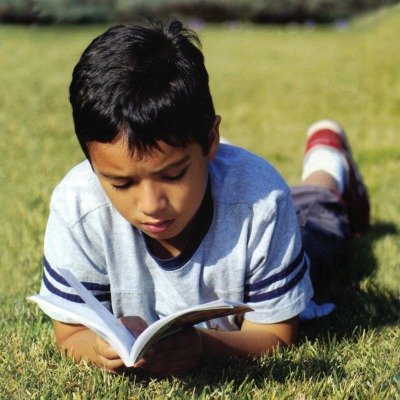Essential Content
Link to this section

Guiding Question: Are All Students Working With Content Aligned to the Appropriate Standards for Their Subject and Grade?
Ensure that all students are working with content aligned to the appropriate standards for their subject area and grade. Each content area listed includes a summary of the priority standards that students should be able to demonstrate proficiency in by the end of kindergarten. These prioritized items are considered foundational understandings that students will build upon in first grade and beyond.
Priority Standards Link to this section
Priority Standards Link to this section
What students will know, what students will do, and what thinking skills students will develop to apply and transfer understandings that endure within the discipline, leverage deeper understandings, and/or support readiness for success at the next grade level. These are the standards that should anchor and drive instruction.
Signature Elements Link to this section
The practices, strategies, and routines at the core of teaching and learning within the content area/discipline.
Third Grade Standards
This is the list of third-grade standards found on the SFUSD report card. They represent understandings that endure within the discipline, leverage deeper understandings within the content area, and/or support readiness for success at the next grade level.
| Arts |
|
| Digital Learning |
|
| English Language Arts |
|
| English Language Development |
|
| Health |
|
| History/Social Studies |
|
| Mathematics |
|
| Physical Education |
|
| Science |
|
| Social-Emotional Development |
|
Essential Content CORE Rubric Teaching Practices
Link to this section
Design Lessons that Advance Students to Grade-Level Standards and/or IEP Goals
- Demonstrate knowledge of subject matter and academic content standards.
- Address rigor and depth of standards.
- Select appropriately demanding instructional materials, tasks, texts for grade/course and time in the school year based on guidance in standards, students’ language development, and/or students’ IEP goals (e.g. Lexile level and complexity of text).
- Use developmentally appropriate practices.
- Use subject-appropriate pedagogical practices, including those found in SFUSD curricula (Reader’s Workshop, Writer’s Workshop, Math Signature Strategies, ELD practices).
- Explicitly address how English works through complex texts (i.e. text level, sentence level, phrase level, word level)
- Develop and provide accommodations and modifications as needed to ensure all students are able to attain learning goals.
- Address students’ IEP goals and other specific learning needs in developing learning goals and preparing lessons.
- Design single lessons and sequences of lessons.
- Develop a vision for student success and standards-aligned, long- and short-term goals that are ambitious, measurable, and appropriate for all students.
- Develop and/or uses a long-term, sequential plan that leads to mastery of the most important content for the grade or course.
- Develop and clearly communicate a well-framed, standards-aligned, and appropriately rigorous instructional objective(s) and language objective(s) to describe the goal(s) of the lesson.
- Develop and/or use daily lesson activities that are well-sequenced and move students toward mastery of grade-level standards.
- Develop and/or use appropriately demanding instructional materials, such as texts, questions, problems, exercises, and assessments.
- Plan differentiated instruction considering students’ individual learning needs and levels of readiness, ensuring content is accessible to all students.
- Anticipate common student misunderstandings given the content and ensure strategies are in place to overcome those misunderstandings.
Teaches Lesson Content Accurately and Coherently
- Explain and model accurate content, practices, and strategies, and all content necessary for students to achieve the learning goal(s).
- Use explanations of content that are clear, coherent, and support student understanding of content.
- Provide opportunities for engagement and identity exploration through a variety of creative, technological, and artistic forms and disciplines.
This page was last updated on August 29, 2023

